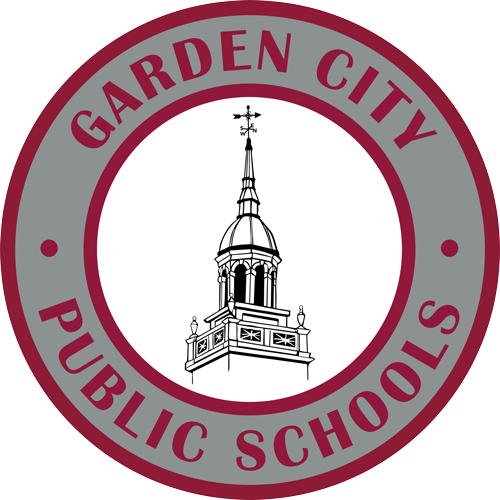K-5 Science
In the early years, students start by identifying patterns and forming answers to questions about their surroundings. By the end of fifth grade, they develop grade-appropriate skills in gathering, describing, and applying information related to both the natural and designed world. The performance expectations at the elementary level introduce foundational ideas and skills, preparing students to explain more complex scientific concepts as they advance to middle and high school.
NYSSLS K-5 Disciplinary Core Ideas:
The Disciplinary Core Ideas (DCIs) in grades K-5 provide foundational knowledge in science and engineering, preparing students for more complex concepts in middle and high school. These core ideas are grouped into four key domains:
1. Physical Sciences (PS)
Explore matter and its interactions, forces and motion, energy, and waves.
Learn about properties of materials, simple forces like pushes and pulls, and basic energy concepts.
2. Life Sciences (LS)
Study living organisms, their structures, functions, and interactions with the environment.
Learn about plant and animal life cycles, ecosystems, and how organisms adapt and survive.
3. Earth and Space Sciences (ESS)
Investigate Earth’s systems, weather, climate, and space science.
Understand landforms, natural resources, weather patterns, and the solar system.
4. Engineering, Technology, and Applications of Science (ETS)
Develop problem-solving skills through the engineering design process.
Learn how technology and engineering influence everyday life and solve real-world problems.
By engaging with these core ideas, students build a strong scientific foundation, enabling them to explain natural phenomena and design creative solutions to challenges.
NYSSLS K-5 Science and Engineering Practices:
In grades K-5, students engage in Science and Engineering Practices (SEPs) to develop critical thinking and problem-solving skills. These practices help young learners explore scientific concepts, ask questions, and design solutions while building a strong foundation for future learning.
Asking Questions and Defining Problems – Encouraging curiosity by posing scientific questions and identifying problems to solve.
Developing and Using Models – Creating drawings, diagrams, or simulations to represent ideas and explain phenomena.
Planning and Carrying Out Investigations – Conducting hands-on experiments and observations to collect data.
Analyzing and Interpreting Data – Identifying patterns and trends in information to make conclusions.
Using Mathematics and Computational Thinking – Applying math concepts to measure, analyze, and model scientific findings.
Constructing Explanations and Designing Solutions – Developing scientific explanations and engineering solutions based on evidence.
Engaging in Argument from Evidence – Discussing and defending scientific ideas using data and reasoning.
Obtaining, Evaluating, and Communicating Information – Researching, interpreting, and sharing scientific knowledge effectively.
These practices encourage students to think and work like scientists and engineers, fostering creativity, collaboration, and problem-solving skills essential for future scientific exploration.
NYSSLS K-5 Crosscutting Concepts:
The New York State Science Learning Standards (NYSSLS) K-5 Crosscutting Concepts help students connect different areas of science and develop a deeper understanding of scientific principles. These concepts provide a framework for thinking across disciplines and support scientific inquiry.
Patterns – Recognizing and using patterns to make predictions and understand relationships.
Cause and Effect – Identifying relationships between events and understanding how one action influences another.
Scale, Proportion, and Quantity – Understanding measurements, sizes, and comparisons in scientific investigations.
Systems and System Models – Analyzing components of systems and how they interact.
Energy and Matter – Exploring how energy and matter flow, cycle, and change in different systems.
Structure and Function – Examining how the shape and structure of an object or organism relate to its purpose.
Stability and Change – Observing how things remain stable or change over time and under different conditions.
These crosscutting concepts help young learners build connections between different scientific ideas and prepare them for more advanced learning.
